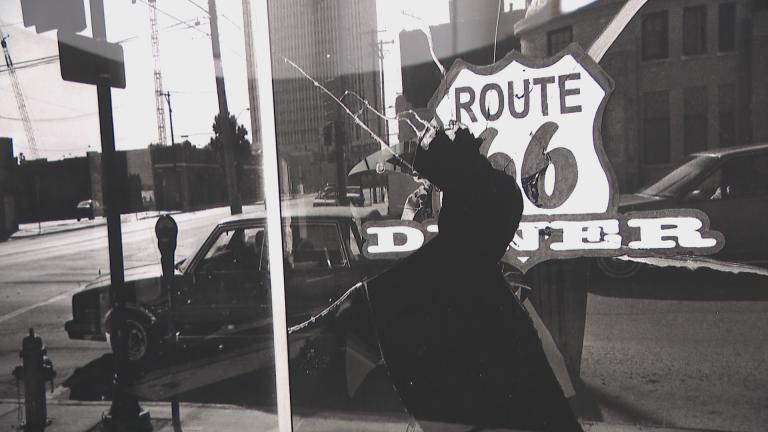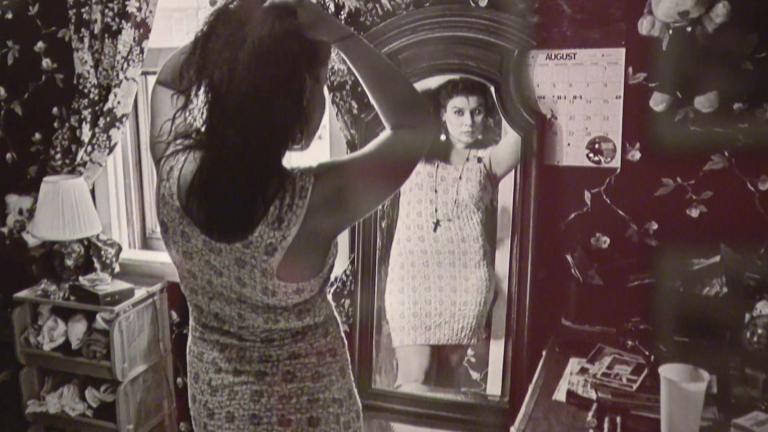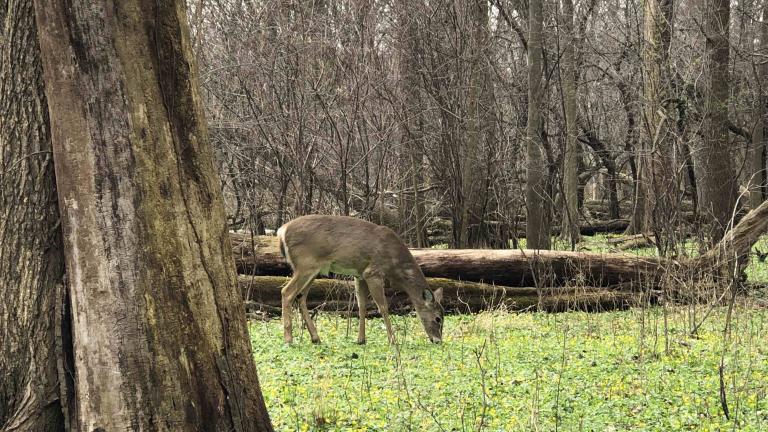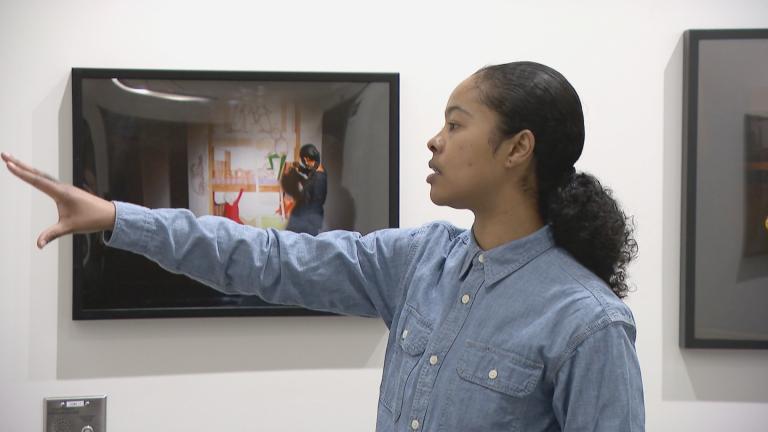Chicago native Patric McCoy worked as an environmental scientist for the EPA for decades. In his free time, he documented the environment around him, taking pictures every day during much of the 1980s.
A new exhibition of his photographs at the Wrightwood 659 gallery in Lincoln Park is an evocative look at gay Black men in Chicago during that pivotal decade — and a window into a community that’s often been overlooked and stereotyped.
McCoy grew up around pictures, with a father who was a painter and a photographer. But as McCoy recalled with a smile, “I didn’t really want to become a photographer and work with all of the little dials and so forth.”
Still, he liked taking pictures — working with a simple point-and-shoot camera through the ‘60s and ‘70s.
“One day, one of my friends who worked at Helix Camera Store said, ‘You need to step it up,’” McCoy said.
McCoy got a good 35-millimeter camera. He didn’t want to take classes, so he made a deal with himself: “to carry the camera with me every day … and every day I was going to take at least one photograph.”
McCoy carried the camera around his neck everywhere, biking from his home in South Shore to his job in the Loop.
“When I would go through all the different neighborhoods, invariably somebody would holler out to me, ‘Hey, take my picture!’” McCoy said, laughing.
Oh, and that was part of McCoy’s deal with himself, too — that he’d take a picture of anyone who asked. At night he’d develop the photos and carry them in his backpack the next day.
“I would see some of those same people, and I would just give them their photograph,” McCoy said. “They were blown away!”
McCoy got to know people, often taking their picture multiple times. Many of them were regulars at the Rialto Tap in the South Loop.
“We used to call it the Star Wars bar, because there were all these kinds of crazy people in there!” McCoy said.
The bar welcomed everyone from people living in homeless shelters to downtown businessmen to drag queens. The crowd was mostly gay Black men.
“For Black people in the South Loop, it was kind of like Cheers,” McCoy said.
McCoy never posed his subjects, allowing their personality to shine through: “the beauty of Black men that is beyond the prejudices and the stereotypes that have been promoted over the last 100 plus years,” as he puts it.
“It’s a slice of Black American male life that we don’t see in art, you don’t typically see in museum,” said artist Juarez Hawkins, who curated the show.
She’s known McCoy for decades and helped him whittle down some 1,500 snaps to the 50 or so now featured.
Hawkins said themes started to emerge: “the guys on the bikes, the idea of Black men at leisure, definitely the hair and the fashion because that … through the ‘80s, was really just nothing short of spectacular.”
But as the ‘80s gave way to the ‘90s, McCoy felt less safe carrying his camera everywhere. Crack came into Chicago. And AIDS was taking a heavy toll.
“There are people here in this small selection of my photographs that were really dear to me, and they succumbed to the disease,” McCoy said.
McCoy said seeing his photographs displayed like this comes with nostalgia and sadness, but also a sense of pride in what his work captures.
“Seeing such beautiful imagery … of that time period from a Black perspective,” McCoy said, “it’s just beautiful to me.”
The exhibition “Take My Picture” is at the Wrightwood 659 gallery in Lincoln Park through July 15. You can meet McCoy at an event there on May 4. Find the details here.
Contact Nick Blumberg: [email protected] | (773) 509-5434 | @ndblumberg








